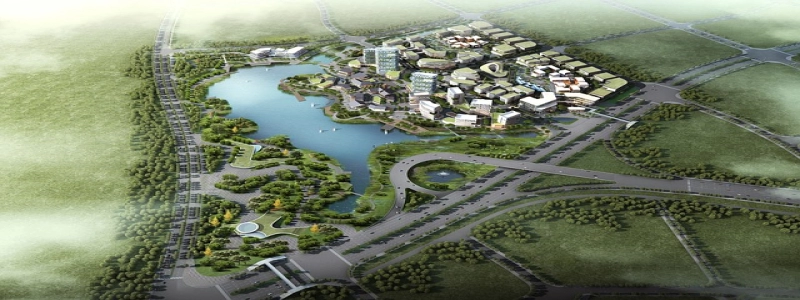Ethernet Fiber Cable
Introduction
Ethernet fiber cables are a type of high-speed networking cable that use optical fibers to transmit data. They are known for their ability to provide faster transmission speeds, higher bandwidth, and greater security compared to traditional copper cables. In this article, we will explore the different types of Ethernet fiber cables, their advantages, and their applications.
Types of Ethernet Fiber Cables
1. Single-mode Fiber Cable:
Single-mode fiber cables have a smaller core diameter, allowing the transmission of a single mode of light. They offer high speeds and long transmission distances, making them ideal for long-haul applications such as telecommunication networks. Single-mode fiber cables are commonly used in backbone networks and data centers where high-speed connections over long distances are required.
2. Multi-mode Fiber Cable:
Multi-mode fiber cables have a larger core diameter, which allows multiple modes of light to be transmitted. They offer shorter transmission distances but higher bandwidth compared to single-mode fiber cables. Multi-mode fiber cables are commonly used in LANs (Local Area Networks), campus networks, and short-distance applications where high bandwidth is essential.
Advantages of Ethernet Fiber Cables
1. Faster Transmission Speeds:
Ethernet fiber cables provide faster data transmission speeds compared to traditional copper cables. With the ability to transmit data at speeds of up to 100 Gigabits per second, fiber cables are essential for bandwidth-intensive applications such as video streaming, online gaming, and cloud computing.
2. Greater Bandwidth:
Fiber cables offer significantly higher bandwidth than copper cables. This allows for the transfer of large amounts of data simultaneously, resulting in fast and reliable connections. With the increasing demand for high-speed internet and data-intensive applications, fiber cables are becoming more popular.
3. Enhanced Security:
Ethernet fiber cables are less susceptible to electromagnetic interference and eavesdropping compared to copper cables. The use of optical fibers instead of electrical signals makes it difficult to tap into the data being transmitted. This makes fiber cables a more secure choice for organizations that handle sensitive information.
Applications of Ethernet Fiber Cables
1. Telecommunication Networks:
Ethernet fiber cables are extensively used in telecommunication networks for long-distance transmission. They provide reliable connectivity and high data transfer rates, ensuring seamless communication between different network nodes.
2. Data Centers:
Data centers require high-speed connections and reliable data transmission. Fiber cables are used in data centers to interconnect servers, switches, and routers, ensuring efficient data transfer and minimized latency.
3. Fiber to the Home (FTTH):
With the increasing demand for high-speed internet access, fiber cables are being deployed to deliver broadband services directly to homes and businesses. FTTH networks provide ultra-fast internet speeds and meet the growing bandwidth requirements of modern applications.
Conclusion
Ethernet fiber cables offer numerous advantages over traditional copper cables, including faster transmission speeds, higher bandwidth, and enhanced security. They are widely used in telecommunication networks, data centers, and FTTH deployments. As technology advances and the need for faster and more reliable connections increases, Ethernet fiber cables will continue to play a crucial role in networking.







